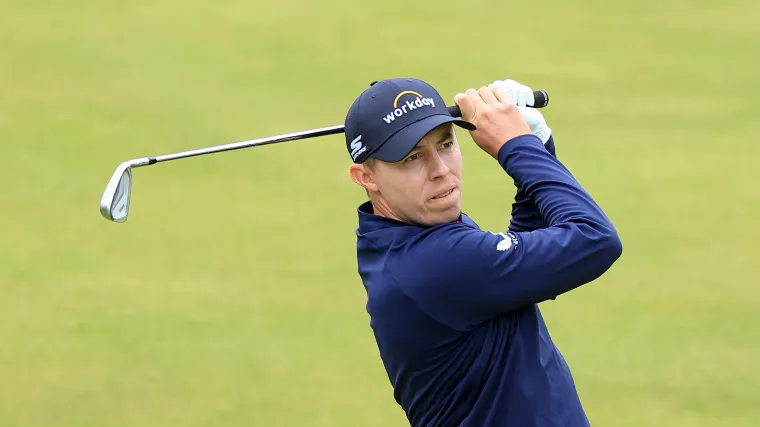Even though the East Course at Oak Hill Country Club is long for a major event, most PGA event participants this week aren’t particularly concerned about it. The majority are more worried about the rough.
“You don’t always necessarily need to hit it far, in my opinion. Some holes will always have an advantage, but I believe that once you get the ball in the fairways, it will start to play firmer and faster as the week progresses, so putting the ball in play is more important. Although you might be fortunate enough to find a lie (in the rough) where you can use a mid-iron, for the most part, it’s a gouge with one of the shorter clubs.” Tommy Fleetwood said.
Early in the week, the deep, thick rough that is situated just steps from the fairways woke up the golfers. Players find it difficult to get the club beneath the ball to provide the necessary backspin and height because the ball tends to settle down in the thick Oak Hill rough.
A TrackMan representative claimed that even when using short irons, on-course data revealed considerable spin loss from the rough. For instance, when striking an 8-iron shot from a typical location off the fairway, Xander Schauffele lost over 6,000 rpm of spin in comparison to his typical ball flight speed. A flatter trajectory, a reduction in carry distance, and a major loss of control result from such a severe spin loss.
And that’s the result that comes with using short irons that have a high launch and high spin. Due to their forward centers of gravity and lower lofts, long irons aren’t nearly as successful at producing height and spin, making it challenging in some situations to even get the ball airborne, let alone move the ball onto the green.
Contrarily, hybrids and high-lofted fairway woods are naturally constructed with centers of gravity that sit lower to the ground and further away from the ball, hence contributing to the production of noticeably more lift and spin. In some situations, they may also be more successful at reaching underneath the ball to raise it higher.
Because of this, early in the week, a large number of players asked their fitters for new hybrids and higher-lofted fairway woods.
For instance, Matt Fitzpatrick informed reporters that he will substitute his customary 4-iron this week with a hybrid.
Jordan Spieth requested a game-improving Titleist TSR1 hybrid to keep on hand as a “emergency” club as a result of its simpler-to-launch construction, according to Titleist representative J.J. Van Wezenbeeck.
On Tuesday, Gary Woodland’s bag had a Ping G425 Max 7-wood as opposed to his customary Cobra LTDx LS 5-wood. In addition to Tommy Fleetwood’s regular use of a 7-wood, he is upgrading from a TaylorMade BRNR 13.5-degree micro driver to a 15-degree Stealth Plus 3-wood, which has a smaller head and a greater loft.
Even 9-woods, which have a loft of about 24 degrees (about the loft of a 5-iron), were being tested by some players.
This year’s PGA Championship will have more headcovers in play than usual if the trend continues as the competition goes on.
Keeping the ball in the fairway is the advice at this PGA Championship.
For beginners, this should serve as a lesson that it’s worthwhile to experiment with hybrids and higher-lofted fairway woods to improve carry distance and control. If it didn’t work, professionals like Matt Fitzpatrick wouldn’t switch to it.



